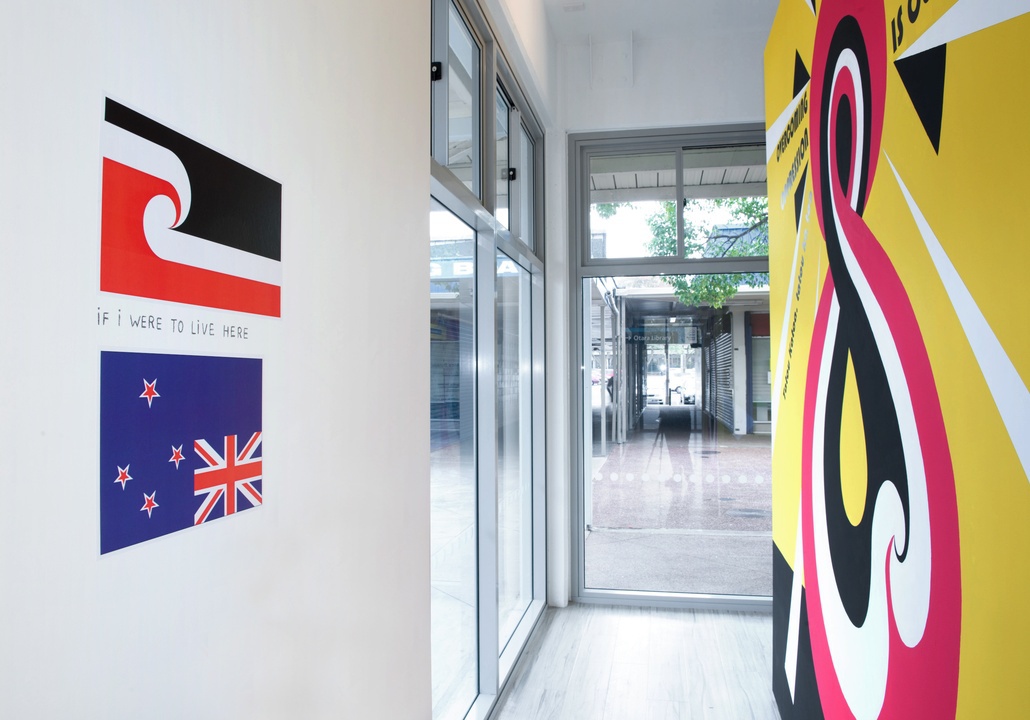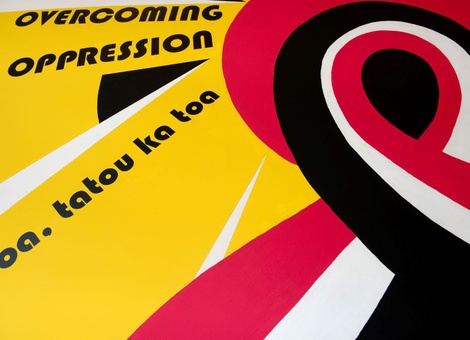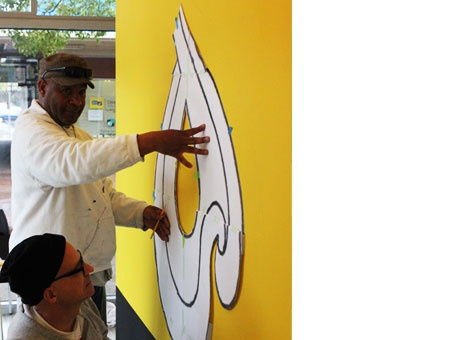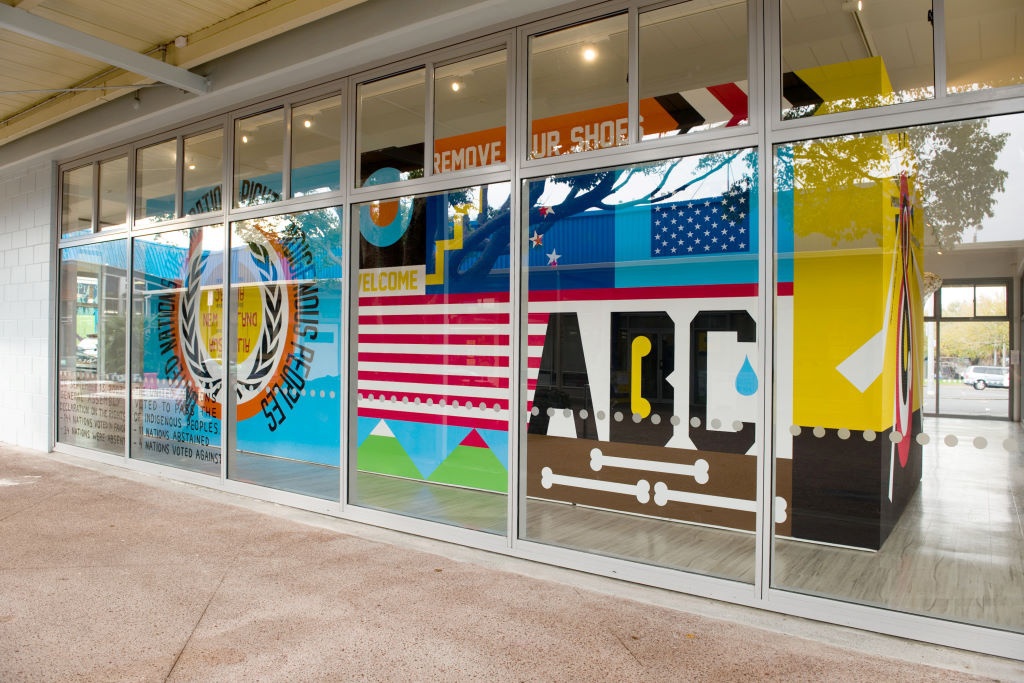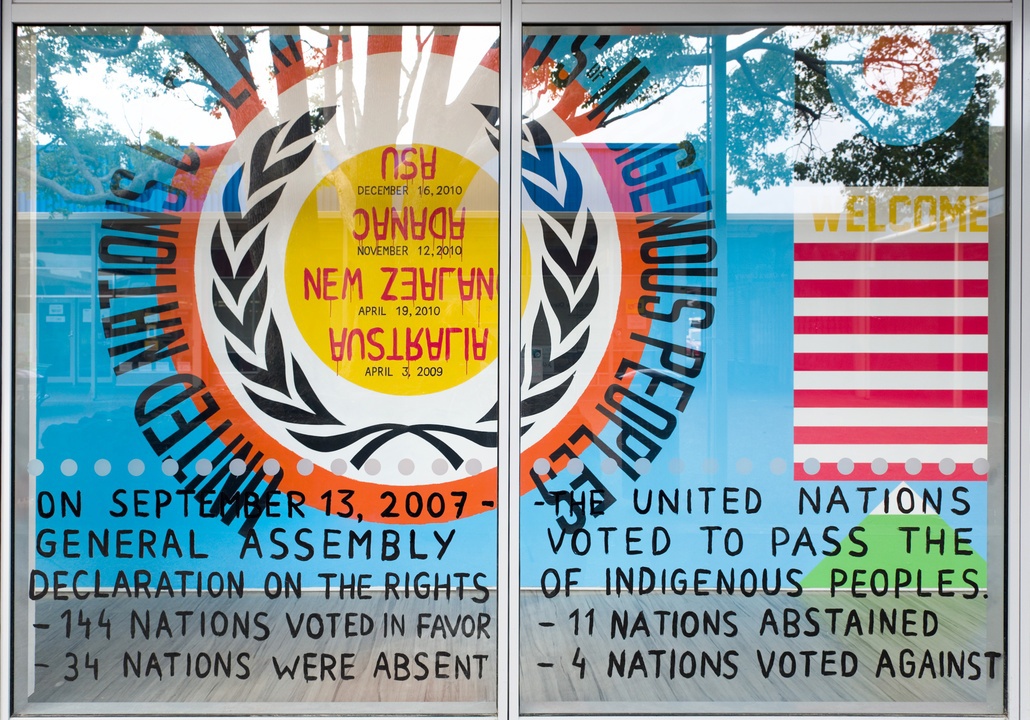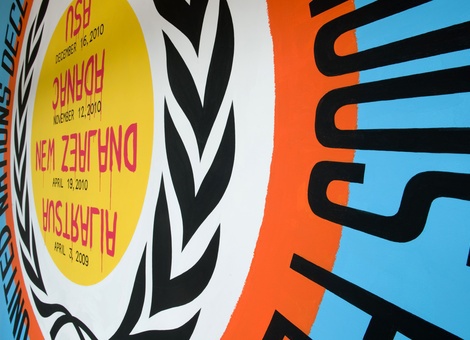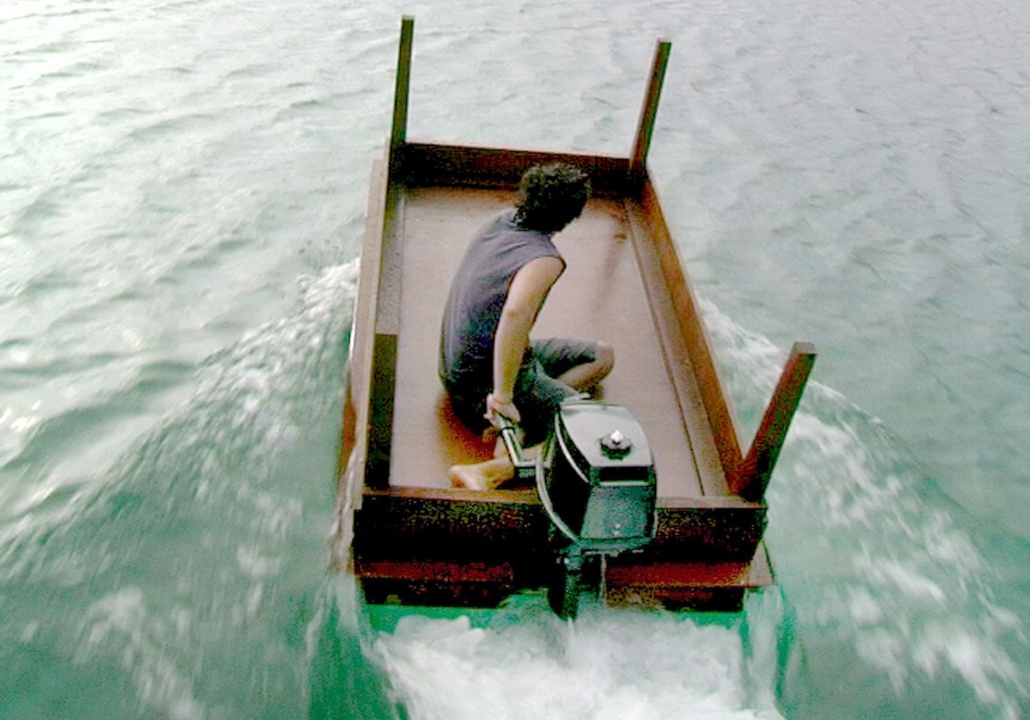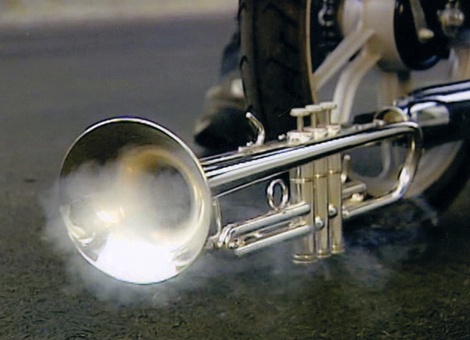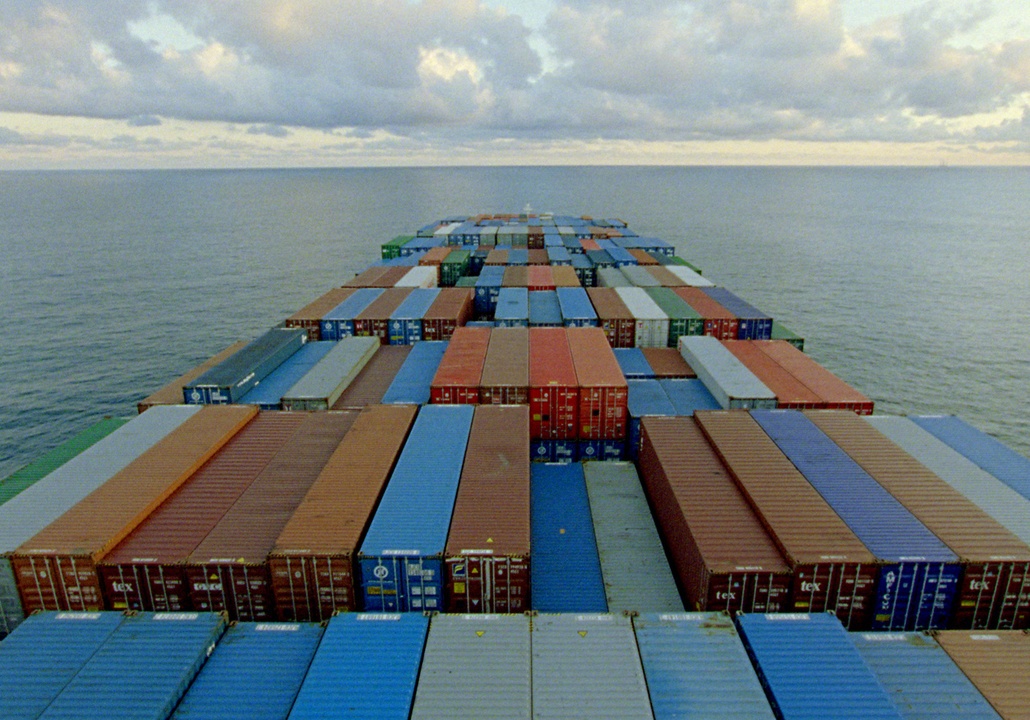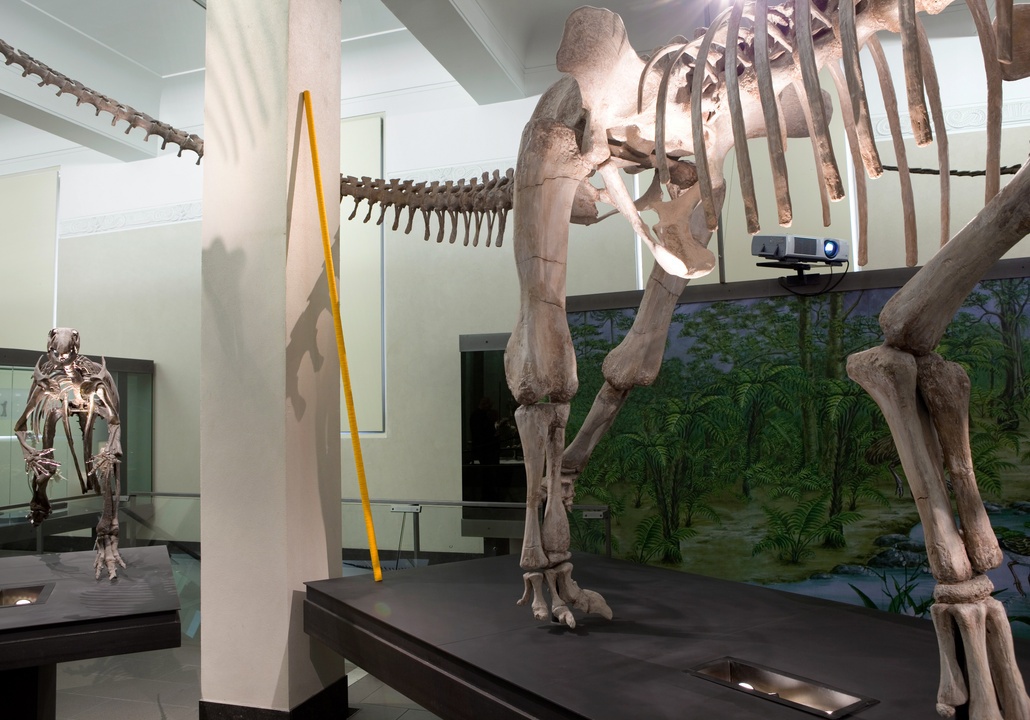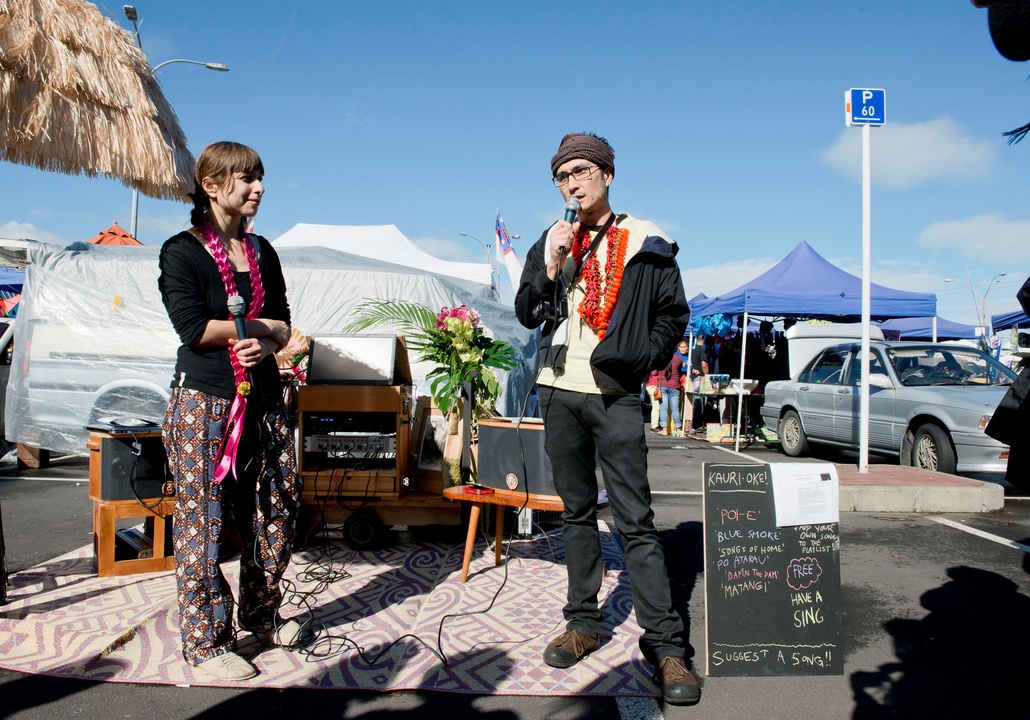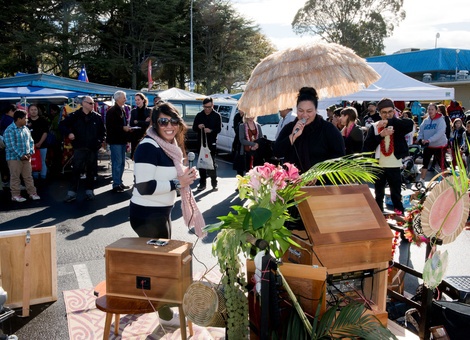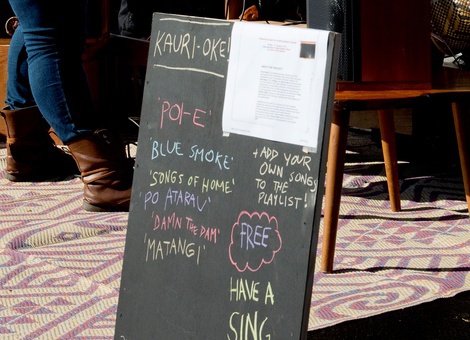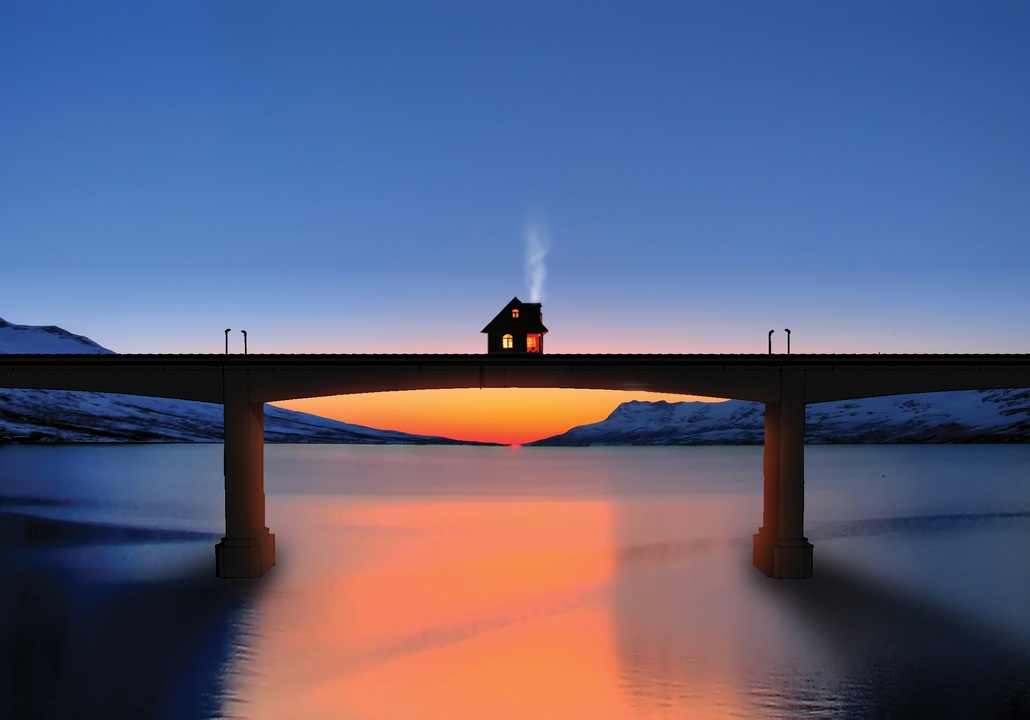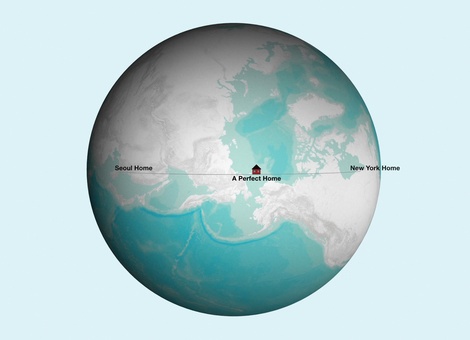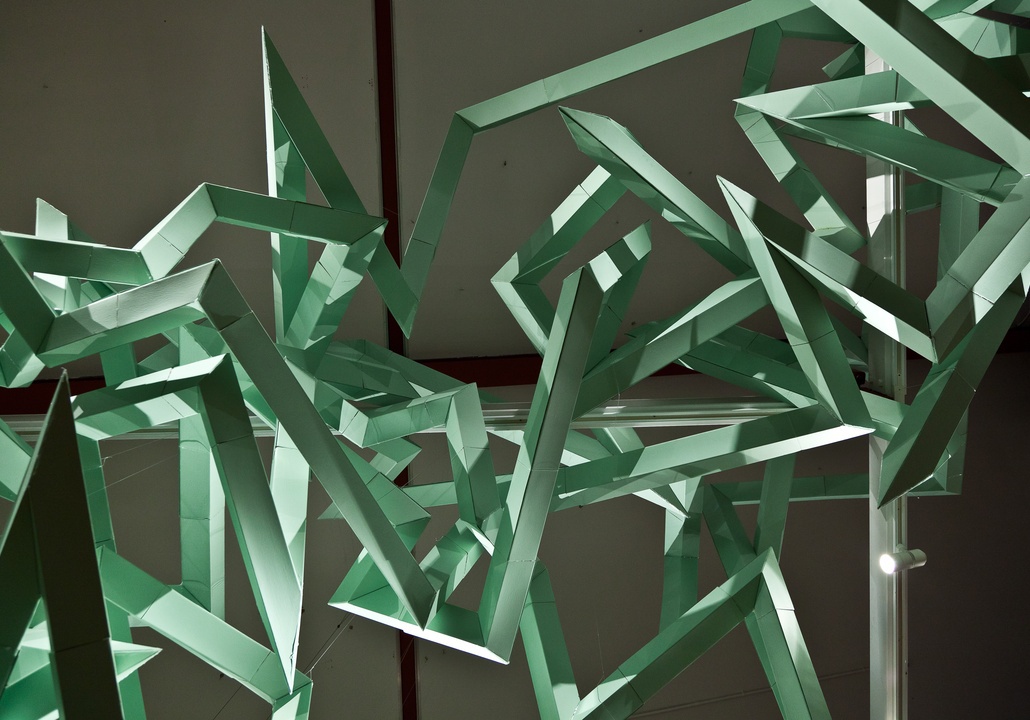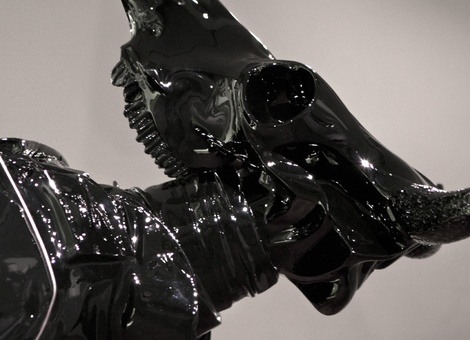Maddie Leach
Venue
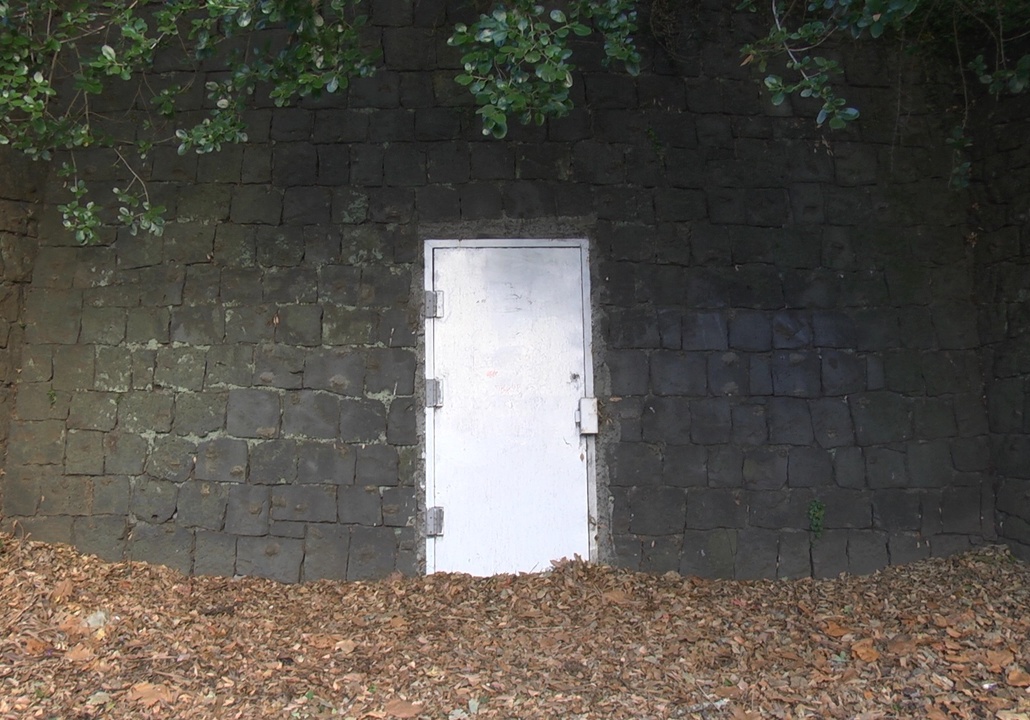
The Most Difficult Problem, 2013 (still)
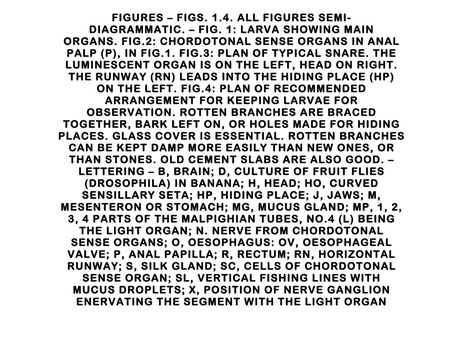
Text from J Bronte Gatenby, 'The New Zealand Glow-Worm' (Tuatara, vol 8, no. 2, 1960)
Born 1970, Auckland, New Zealand
Lives and works in Wellington, New Zealand
Maddie Leach’s practice is project-based, conceptually driven and frequently involves research into the specifics of the site in which she is working. With her interest in the development of new thinking in relation to social, place-based and process-driven artwork,Leach’s early work held a central position in New Zealand’s relational aesthetics practice. While no longer overtly participatory, her work continues to explore ideas of spectatorship, expectation and strategies of cooperation in the production of art works. Leach’s recent projects often operate beyond the walls of the gallery and focus on constructing complex arrangements between space, time, place and audience.
Campaign to re-open tunnels under Auckland's Albert Park - 3 News
Selected exhibitions (group):
Between Memory and Trace, Te Tuhi Centre for the Arts, Auckland, 2012; Peripheral Relations: Marcel Duchamp and New Zealand Art, Adam Art Gallery, Wellington, 2012; The Obstinate Object, City Gallery Wellington, 2012; Iteration: Again, CAST, Tasmania, 2011; Collecting Contemporary, Museum of New Zealand Te Papa Tongarewa, Wellington, 2011; Reason and Rhyme, Gertrude Contemporary, Melbourne, 2011; Close Encounters, Hyde Park Art Center, Chicago, 2010; One Day Sculpture, Wellington, 2008; Trans Versa, The South Project, Santiago, 200
Leach’s practice weaves narrative threads to connect propositions, actions, and materials. Her sculptural diffusions of matter and imagination challenge the idea of the ‘sculptural object’.
Jem Noble, artist, Bristol and Vancouver
The Most Difficult Problem
2013
Auckland Art Gallerysingle-channel colour HD video projection, sound, text on newsprint
piano: Paul Lincke’s Glüwürmchenidyll performed and uploaded to YouTube by Markus Andreas Mayer
print design by Warren Olds
courtesy of artist
